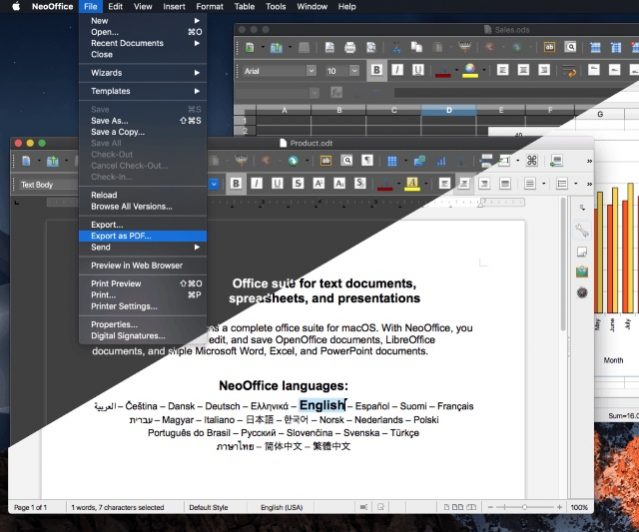

It eventually released much of the code under an open source license producing OpenOffice.
Openoffice vs neooffice software#
Sun provided StarOffice 5.2 in 2000 as a free download for personal use, which gave the software a lot of attention. The story was that it was still cheaper than buying a license for each Sun employee, particularly since most had both a Windows machine and a Unix machine which still required some capability. We don’t mean they bought a copy or a license, they bought the entire thing for just under $74 million. The program was far less expensive than most competitors, costing about $70, yet in 1999 that price point prompted Sun Microsystems to buy StarOffice. Eventually, the company added other office suite programs and with support for DOS, OS/2, and Windows, the suite became known as StarOffice. By 1986, he created a company, Star Division, porting the word processor to platforms like CP/M and MSDOS. It all started when German Marco Börries wrote StarWriter in 1985 for the Zilog Z80. But it did get us thinking about how things got here. We could argue that case either way, but we won’t. LibreOffice, on the other hand, is a very active project. Their logic is that OpenOffice has huge name recognition, but hasn’t had a new major release in several years. However, the LibreOffice team recently penned an open letter to the Apache project - the current keepers of OpenOffice - asking them to redirect new users to the LibreOffice project.

That isn’t surprising since they both started with exactly the same code base. When it comes to open source office suites, most people choose OpenOffice or LibreOffice, and they both look suspiciously similar.


 0 kommentar(er)
0 kommentar(er)
